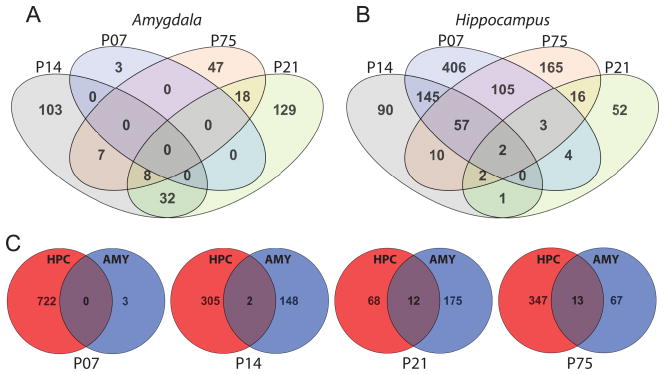Figure 5. Perinatal SSRI exposure differentially impacts the transcriptomes of the hippocampus and amygdala.
Venn diagrams were generated in GeneSpring (v12.6) to demonstrate the number of gene transcripts that were altered by perinatal paroxetine exposure across multiple developmental ages (A & B) or in the both amygdala and hippocampus (C). (A) In the amygdala, few genes were differentially regulated across multiple ages: 32 genes were differentially expressed in the amygdala at both P14 and P21; 18 genes at both P21 and P75; 7 genes at both P14 and P75; and 8 genes at P14, P21, and P75. The three genes that were differentially expressed in the P7 amygdala were not altered at later ages. (B) In the hippocampus, 145 genes were differentially regulated at P7 and P14; 105 genes at P7 and P75; and 57 genes at P7, P14, and P75. Two genes were differentially regulated in all 4 time points analyzed (Calm2, NM_017326; Psmd1, NM_031978) (C) There was surprisingly little overlap in the genes altered by perinatal SSRI exposure in the developing amygdala (AMY) and hippocampus (HPC). Zero transcripts were commonly changed in the HPC and AMY at P7, with 2 genes overlapping at P14, 12 genes overlapping at P21, and 13 overlapping genes at P75.

